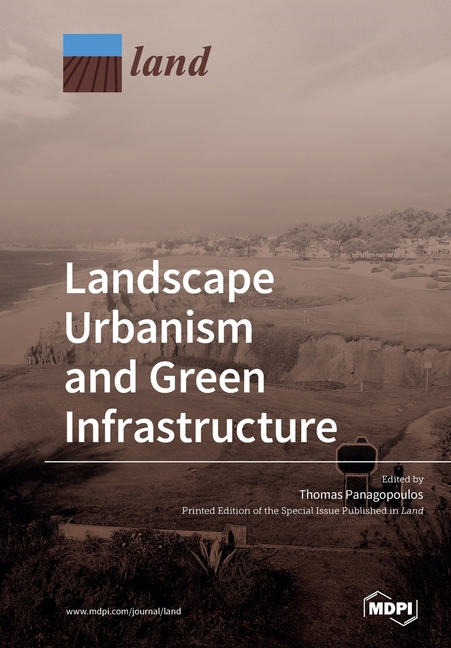
Landscape Urbanism and Green Infrastructure
(Depends on publisher)
This volume examines the applicability of landscape urbanism theory in contemporary landscape architecture practice by bringing together ecology and architecture in the built environment. Using participatory planning of green infrastructure and application of nature-based solutions to address urban challenges, landscape urbanism seeks to reintroduce critical connections between natural and urban systems.
| Quantity | Price | Discount |
|---|---|---|
| List Price | $55.40 |
$55.40
Book Information
| Publisher: | Mdpi AG |
|---|---|
| Publish Date: | 08/19/2019 |
| Pages: | 184 |
| ISBN-13: | 9783039213696 |
| ISBN-10: | 3039213695 |
| Language: | English |
Full Description
This volume examines the applicability of landscape urbanism theory in contemporary landscape architecture practice by bringing together ecology and architecture in the built environment. Using participatory planning of green infrastructure and application of nature-based solutions to address urban challenges, landscape urbanism seeks to reintroduce critical connections between natural and urban systems. In light of ongoing developments in landscape architecture, the goal is a paradigm shift towards a landscape that restores and rehabilitates urban ecosystems. Nine contributions examine a wide range of successful cases of designing livable and resilient cities in different geographical contexts, from the United States of America to Australia and Japan, and through several European cities in Italy, Portugal, Estonia, and Greece. While some chapters attempt to conceptualize the interconnections between cities and nature, others clearly have an empirical focus. Efforts such as the use of ornamental helophyte plants in bioretention ponds to reduce and treat stormwater runoff, the recovery of a poorly constructed urban waterway or participatory approaches for optimizing the location of green stormwater infrastructure and examining the environmental justice issue of equative availability and accessibility to public open spaces make these innovations explicit. Thus, this volume contributes to the sustainable cities goal of the United Nations.

